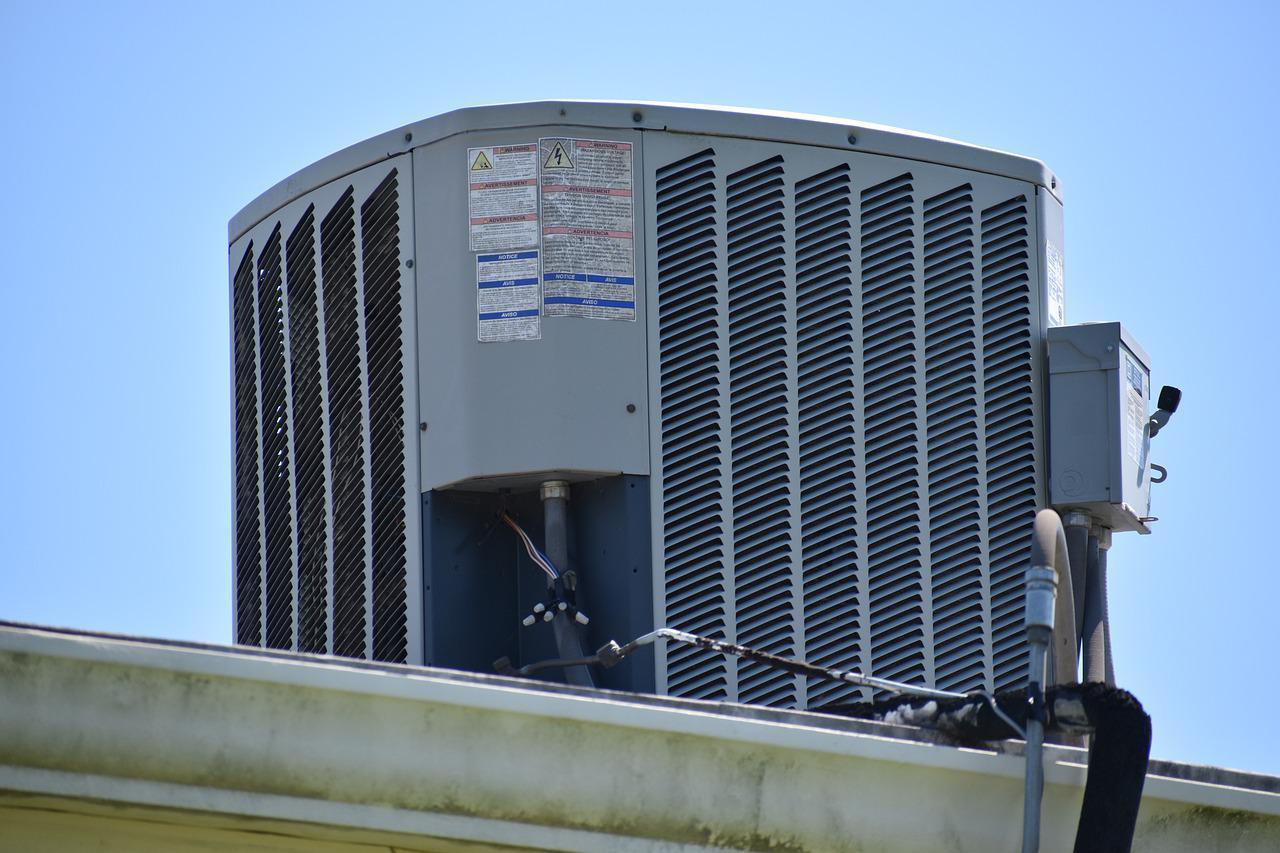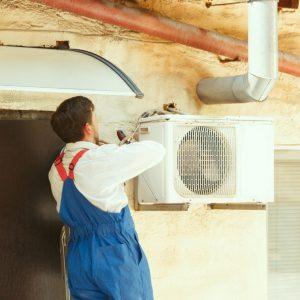Changing an AC unit’s HVAC (Heating, Ventilation, And Cooling) filter can be daunting if you’re unfamiliar with how it works. To properly maintain your HVAC unit, you’ll need to know how often you should replace the various components inside your unit. For example, you may notice that your AC unit is leaking condensation onto your ceiling. You also might wonder why your AC unit runs so hot during the summer.
These signs could mean that your cooling coil needs to be replaced. Other parts of your HVAC unit, such as the blower motor, fan blades, and evaporator coils, could also require replacement. More often than not, it is the filter that needs replacing.
HVAC air filters are devices used for filtering air before they enter your home
A common misconception about furnace filters is that they only remove particles from the indoor environment. In reality, they remove particles from the outdoor environment as well. Particles such as dust, dirt, pollen, and mold spores are typically filtered out before they enter the building. Once inside, the particles settle onto surfaces such as carpets, furniture, and walls.
These particles are often not visible to the naked eye, so they do not cause immediate problems. However, they may eventually accumulate enough to make themselves noticeable if left unchecked. When this happens, the particles begin to release allergens into the environment.
Some people may experience allergic reactions to these particles, such as sneezing, coughing, watery eyes, and sinus congestion. To avoid this problem, it is recommended that an HVAC filter should be replaced every three months. Below is a step-by-step process on how to replace your HVAC filter:
Find the return air vents
Most central HVAC units have at least one intake vent, sometimes more if your home has a larger HVAC unit. Multiple filter changes will be needed if you have a larger HVAC machine or multiple machines in your house. Intake vents are the smaller vents that bring fresh outside/outside conditioned rooms into the HVAC unit. They are often found inside the walls. Sometimes they can be seen on the ceiling.
Clean the air vent cover
Notice any dust or dirt on your A/C unit’s vents? That could cause unnecessary stress on your HVAC unit. Vacuum out the dust and dirt before they get worse! You can also use a damp cloth to wipe down the vents if you don’t have a handheld vacuum cleaner nearby. The top might be particularly dirty if the vents are near the ceiling. Ensure you give them a quick cleaning to remove the dust and debris.
Clean your air filter
Once you’re done cleaning the outside of the ductwork, turn off your heating/cooling unit and open the door covering the fan. Look inside the box containing the fan and take note of the size of the fan itself. This number should correspond with the measurements you took earlier.
Next, carefully remove the old fan and clean it thoroughly. After that, replace the old fan with the new one and reattach the mounting bracket. Then, turn on your heating/cooling equipment and check if the temperature has risen or fallen.
If the temperature has not increased, you know that the fan is working correctly. However, if the temperature increases, you must adjust the thermostat accordingly.
Document the installation date
Write the date of replacement on the filter itself. Remembering when you last replaced your filter can help you decide whether it’s time to change it again. It’s easy to check the filter’s inner workings by opening the lid – if you forgot when you did that, it may be time to get another one.
A simple calendar alert can remind you to do so when you find out how old your current filter is. It’s a good idea (and a very cheap one!) to schedule an appointment with your local service provider to have it serviced.
Find the airflow direction indicator (AFDI)
Each HVAC unit has filters that help keep the indoor environment clean and comfortable. These filters are usually placed inside the ductwork, where they can remove dust particles and odors before they reach the heating/cooling coils.
A properly maintained HVAC unit can save homeowners hundreds of dollars each year. However, if the filters aren’t replaced regularly, they could eventually stop working.
Install the clean air filter and close the cover
Set the new filters in the same place as the old ones, so they cover the whole area around the outside edge of the opening. It’s important to ensure the filters are sized correctly because they won’t work effectively if they’re too small. You can find these filters at any hardware store.
Buy them before removing the old filters. When you put the filters back into position, close the cover again and enjoy the freshness of the filtered indoor environment.
The importance of HVAC maintenance
Preventive maintenance is one of the easiest ways to avoid unexpected breakdowns. When checking up on your HVAC systems regularly, you won’t need heat and air conditioning repairs as frequently. This allows you to detect issues early to fix them before they become bigger problems.
Furthermore, regular HVAC maintenance can help keep your air conditioning running efficiently. It can save you up to 30% off your monthly electricity bills. When you schedule regular HVAC services, you protect your investment and ensure that your family enjoys optimal comfort throughout the year.
Conclusion
In conclusion, performing regular maintenance checks on your HVAC system is essential for keeping it running smoothly.




